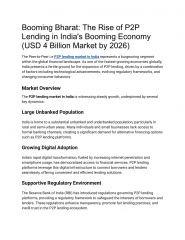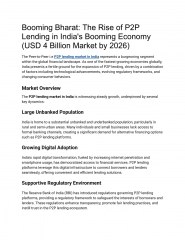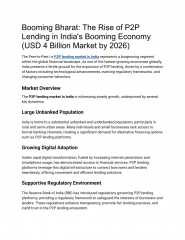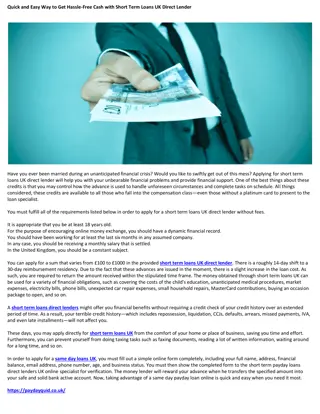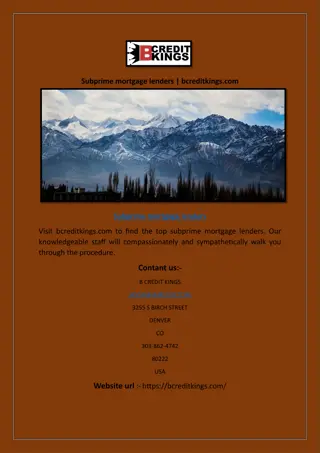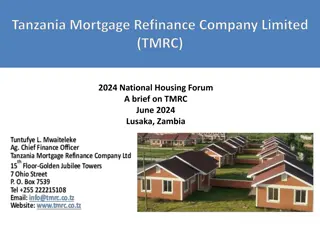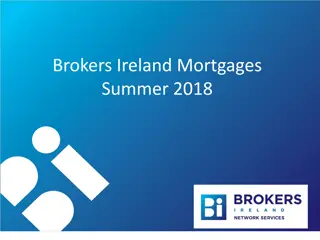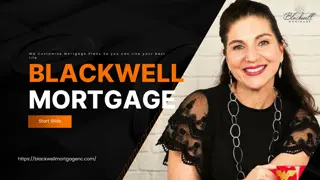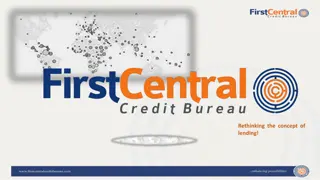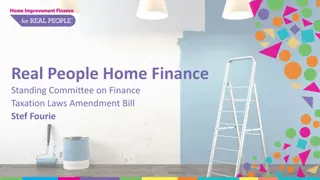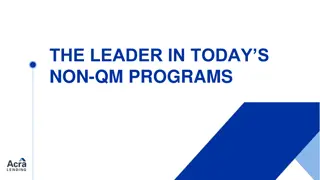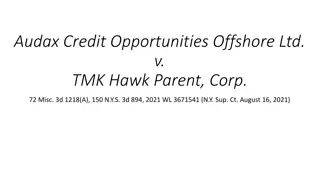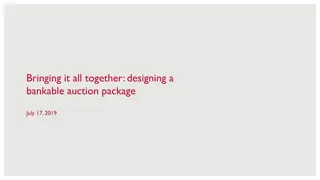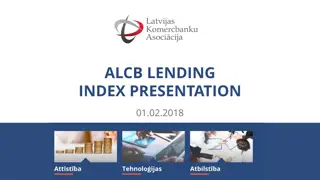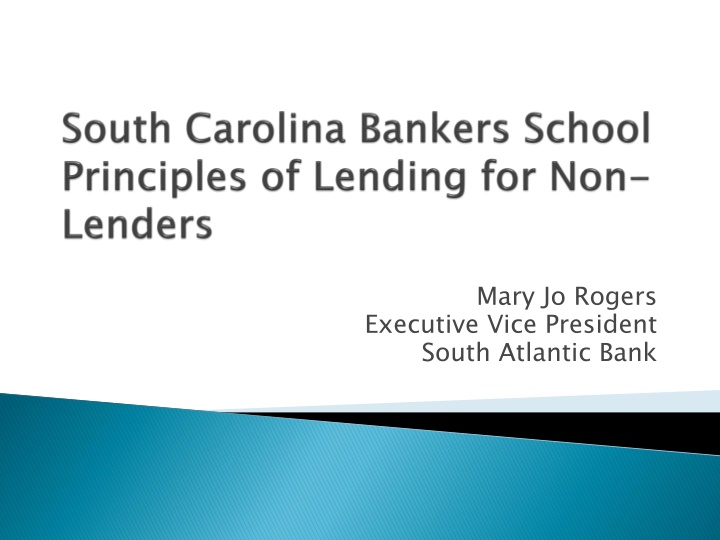
Lending Process and Importance of Structured Approaches
Discover the lending process, importance of interest income, and factors impacting commercial and consumer loans. Explore the critical steps from credit analysis to loan review and the significance of structure in lending operations.
Download Presentation

Please find below an Image/Link to download the presentation.
The content on the website is provided AS IS for your information and personal use only. It may not be sold, licensed, or shared on other websites without obtaining consent from the author. If you encounter any issues during the download, it is possible that the publisher has removed the file from their server.
You are allowed to download the files provided on this website for personal or commercial use, subject to the condition that they are used lawfully. All files are the property of their respective owners.
The content on the website is provided AS IS for your information and personal use only. It may not be sold, licensed, or shared on other websites without obtaining consent from the author.
E N D
Presentation Transcript
Mary Jo Rogers Executive Vice President South Atlantic Bank
Why Do We Lend And What Is The Process?
Interest income from loans makes up the bulk of income for your bank.
Interest income from loans makes up the bulk of income for your bank Providing credit is an important economic function for customers served by your bank.
Commercial Consumer Mortgage
Commercial Paid back from cash flow generated by a business. Quick cash flow calculation: Earnings before interest, tax, depreciation and amortization/debt service
Commercial Paid back from cash flow generated by a business. Consumer Paid back from an individual s personal cash flow. Consumer Debt to income Monthly Debt service/Monthly Income
Commercial Paid back from cash flow generated by a business. Consumer Paid back from an individual s personal cash flow. Mortgage Specific form of consumer lending used for real estate. Debt to income ratios are important monthly debt payments/monthly gross income
Business development Information gathering Credit analysis Approval Commitment and negotiation Closing Set up and servicing Loan review
Structure is important Written lending policies Written lending procedures Well-trained lending personnel Established portfolio monitoring and evaluation system
Individual Authority Combination Committee
Individual Authority Ability of the lender Secured vs. unsecured Business vs. consumer Combination Lender plus a concurring lender Lender plus credit officer Committee
We get paid back. Economic conditions Existing vs. new venture Cash generation potential Fall Back position
Interest income Fee income Cost of funds Cost of servicing
Interest income on loans minus the banks cost of funds.
Interest income Fee income Cost of funds Cost of servicing Deposit balances Additional Bank business Referrals
Regulatory Environment is changing daily Dodd Frank TRID HMDA CRA CDD Beneficial Ownership Consumer vs. Business Regulations It is up to the lender to comply Monetary penalties for non-compliance
Quantity Considerations Regulation Concentration Diversification Risk Mitigation
Loan Review Address credit quality Monitor lending activity Keep lenders focused on bank s policies and procedures
How Do You Do It?
Working Capital Term Loans Letters of Credit
Working Capital Short term loan for temporary cash needs. Less than one year maturity Can be revolving or non-revolving Usually rely on asset conversion for repayment
Working Capital Short term loan for temporary cash needs. Less than one year maturity Can be revolving or non-revolving Usually rely on asset conversion for repayment Term Loans Finance permanent assets or long term growth Usually longer than one year maturity Can include capitalized leases Repaid from cash flow
Letters of Credit Facilitate trade Transfer risk Standby or Documentary Repaid by specific event
Unsecured lending is only for the best risks Collateral is important Often arises out of the transaction Reduces risk of loss to the bank Keeps the Borrower engaged
Good Stuff Cash and liquid assets Certificates of Deposit Brokerage accounts Stock Owner occupied real estate Income producing real estate Primary residence
Iffy Stuff Accounts Receivable Inventory Specialized equipment Non income producing real estate Toys
Bad Stuff Intangible assets Contracts Patents Franchise rights Closely held assets Agricultural Products Does it walk and eat? Does it spoil?
Develop Business Gather Information Analyze financials Make credit decisions Communicate with customers Prepare documents Follow up Monitor
Amount of loan requested Purpose of loan funds Repayment source Term of the loan Collateral History of the borrower Financial condition Other Creditors Success in the marketplace Business Plan
The Three Legged Stool of Lending Credit/Character Cash flow/Capacity Collateral
The 5 Cs of Credit Character history Character Credit Report, Payment History, Civil/Criminal Capacity/Cash Flow make enough money to pay back creditors? Capacity/Cash Flow Does the business or individual Capital Capital Do they have skin in the game? Conditions/Cycle borrower? Conditions/Cycle How will the outside world affect the Collateral Collateral What do we fall back on if they can t pay?
Analyzing a borrowers ability to repay is the most important step in the loan process Look at past, present, future Utilize tools available Shore up the deal
Tools lenders use Credit reports Over 700 = good credit score Quickest way to determine a decline Spread programs Used with business requests Compare with industry Credit Scoring models Used with consumer requests Determines probability of default
Options to make a weak deal stronger Federal loan guarantee programs SBA USDA Homebuyer Assistance FHA VA
Most Common Risks Economic Political Management Environmental Operational Liquidity Counterparty Disaster
Approach Ask open ended questions Listen more than you speak Speak plain English Discussion Understand the business fully Create a realistic expectation of response time Explain that follow up info may be necessary
General Principals Be prepared Ask for additional information in writing Follow Up Make a site visit Give them a timely answer especially if it is NO
What Happens Next?
What constitutes a commitment? Verbal Saying Yep. We can do that Written Wording is important Term sheet versus commitment letter Term Sheet -Written outline of the terms and conditions Commitment letter Binds the Bank
What should be in a commitment letter? Specific terms and conditions Lists documents necessary for closing Tells Borrower what must happen in order to close Be sure borrower understands terms Clear with simple language Allow them to ask questions Give them an expectation of how much it will cost

